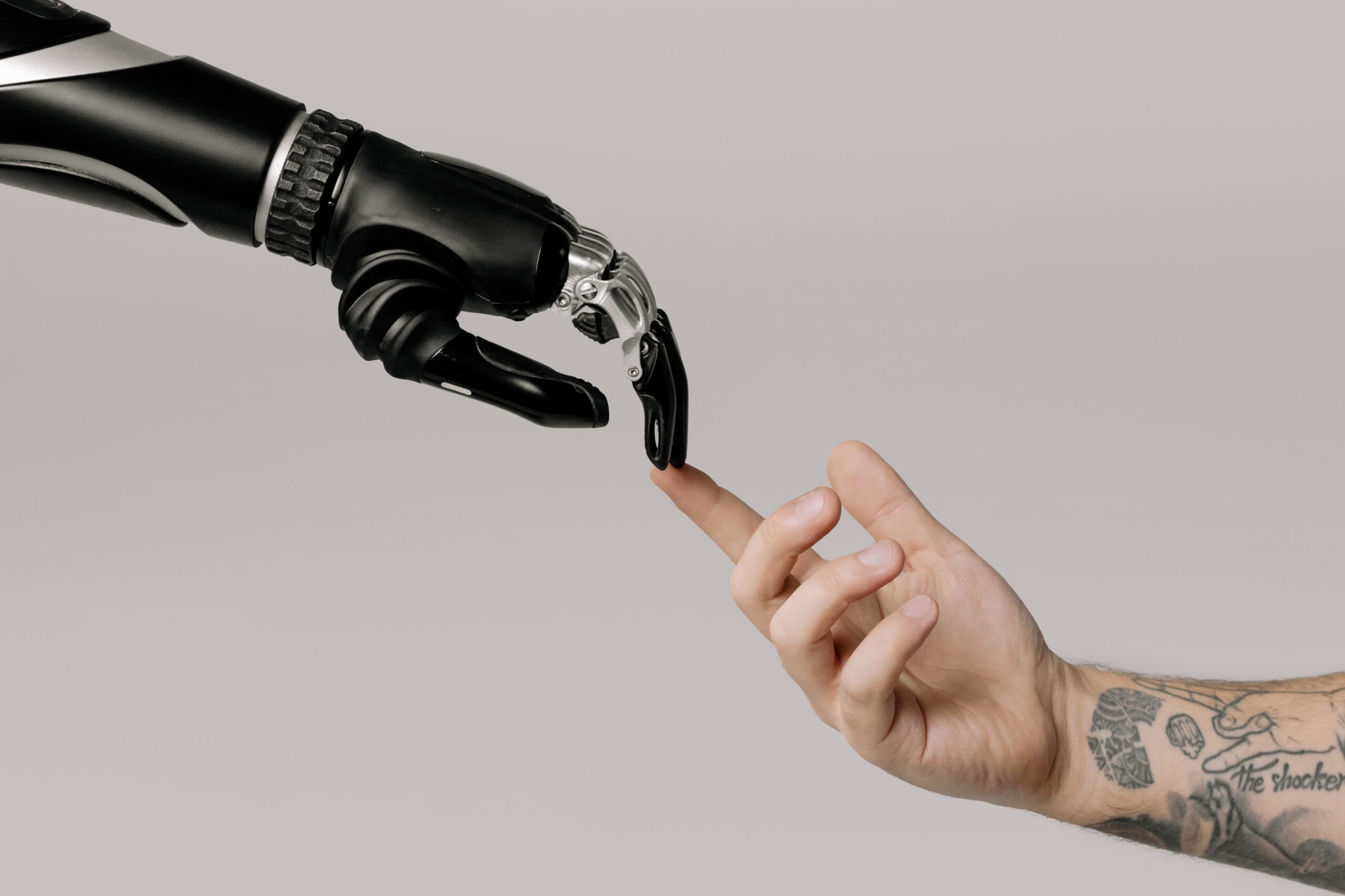Earlier this month Microsoft and LinkedIn published a joint 2024 Work Trend Index Annual Report. The findings show that the use of generative AI has nearly doubled in the last six months. 75% of global knowledge workers now use AI. Business leaders agree that AI is a business imperative. However, many believe their organization lacks a plan and vision on how to use it to drive the bottom line.
To help leaders and organizations overcome AI inertia, Microsoft and LinkedIn looked at how AI will reshape work and the labor market broadly, surveying 31,000 people across 31 countries, identifying labor and hiring trends from LinkedIn, and analyzing trillions of Microsoft 365 productivity signals as well as research with Fortune 500 customers. The data points to insights every leader and professional needs to know—and actions they can take—when it comes to AI’s implications for work.
In the Executive Summary they detail three key findings –
Employees want AI at work—and won’t wait for companies to catch up
They’re bringing their own tools even as leaders face AI inertia. In fact, 78% of AI users are bringing their own AI to work. Although 75% of people are already using AI at work, 46% of them started using it less than 6 months ago. This is not surprising since AI tools for the general user like Microsoft 365 Copilot only became widely available early this year. Experience using older tools like ChatGPT have likely been being used for longer.
Using AI at work can quickly pay off. The heaviest Teams users (the top 5%) summarized 8 hours of meetings using Copilot in the month of March, the equivalent of an entire workday. However, while most leaders agree AI is a necessity, the pressure to show immediate ROI is making leaders move slowly.
AI use is not just prevalent for Gen Z, its use cuts across all generations. 52% of people who use AI at work are reluctant to admit to using it for their most important tasks. Even more worry that using it on important work tasks makes them look replaceable.
What are the drivers behind widespread AI use? 68% of people say they struggle with the pace and volume of work, and 46% feel burned out. Email overload persists—85% of emails are read in under 15 seconds, and the typical person has to read about 4 emails for every 1 they send. Meetings and after-hours work are holding steady at their post-pandemic highs, and the workday still skews toward communication: in the Microsoft 365 apps, users spend 60% of their time on emails, chats, and meetings, and only 40% in creation apps like Word and PowerPoint.
The data is clear: People are overwhelmed with digital debt and under duress at work—and they are turning to AI for relief. The opportunity for every leader is to channel this momentum into ROI.
For employees, AI raises the bar and breaks the career ceiling
Some are itching for a career change, and there is a massive opportunity for those willing to skill up on AI. 66% of leaders say they would not hire someone without AI skills. 71% say they’d rather hire a less experienced candidate with AI skills than a more experienced candidate without.
So how do you get these skills? Microsoft Learn has a nice self-learn course Empower your workforce with Copilot for Microsoft 365 Use Cases. It is targeted towards business users who want to enhance their Copilot for Microsoft 365 skills to solve business-related use case scenarios. Get an introduction, explore the possibilities, learn how to optimize and extend Copilot for M365. Then choose one or more use case modules to fit your area of expertise. Choose from Executives, Sales, IT, Marketing, Finance, HR, and Operations. There is also a Challenge Use Case module that may interest users from across areas.
Just as we saw with flexible work options, offering AI access could help companies attract top talent.
The rise of the AI power user—and what they reveal about the future
Power users use AI at least several times per week. They say it saves them more than 30 minutes per day. Power users say AI boosts their creativity (92%) and helps them focus on the most important work (93%). AI also helps them feel more motivated (91%) and enjoy work more (91%).
The path to becoming a power user starts with developing new habits. Power users are 68% more likely to frequently experiment with different ways of using AI—in fact, it’s the #1 predictor of whether someone will be a power user or not. When compared to other survey respondents, they’re also more likely to frequently pause before a task and ask themselves if AI can help, to keep trying if they don’t get the perfect response the first time, and to research and try new prompts. Power users also bookend their day with AI—using it to start the day and get ready for the following workday.
Power users have also reoriented their work patterns in fundamental ways. They are 56% more likely to use AI to catch up on missed meetings, to analyze information, to design visual content, to interact with customers, and to brainstorm or problem-solve. And they’re already moving past individual tasks: they’re 66% more likely to redesign their business processes and workflows with AI.
Most power users are empowered by an organization where the CEO and/or other more direct leadership have stressed the importance of using generative AI at work. They also are more likely to have a virtual learning program available. These programs typically train on prompt writing, how to use AI for their role or function, or specific use cases such as writing or analyzing data.
How to Get started
- Identify a business problem, then apply AI – For example, start with customer service and focus on improving call-handling time.
- Take a top-down, bottom-up approach – Going from experimentation to transformation requires engagement at every level of the organization, from the CEO to the entry-level employee.
- Prioritize training
We’ve come to the hard part of any tech disruption: moving past experimentation to business transformation. Just as we saw with the advent of the internet or the PC, business transformation comes with broad adoption. Organizations that apply AI to drive growth, manage costs, and deliver greater value to customers will pull ahead.













